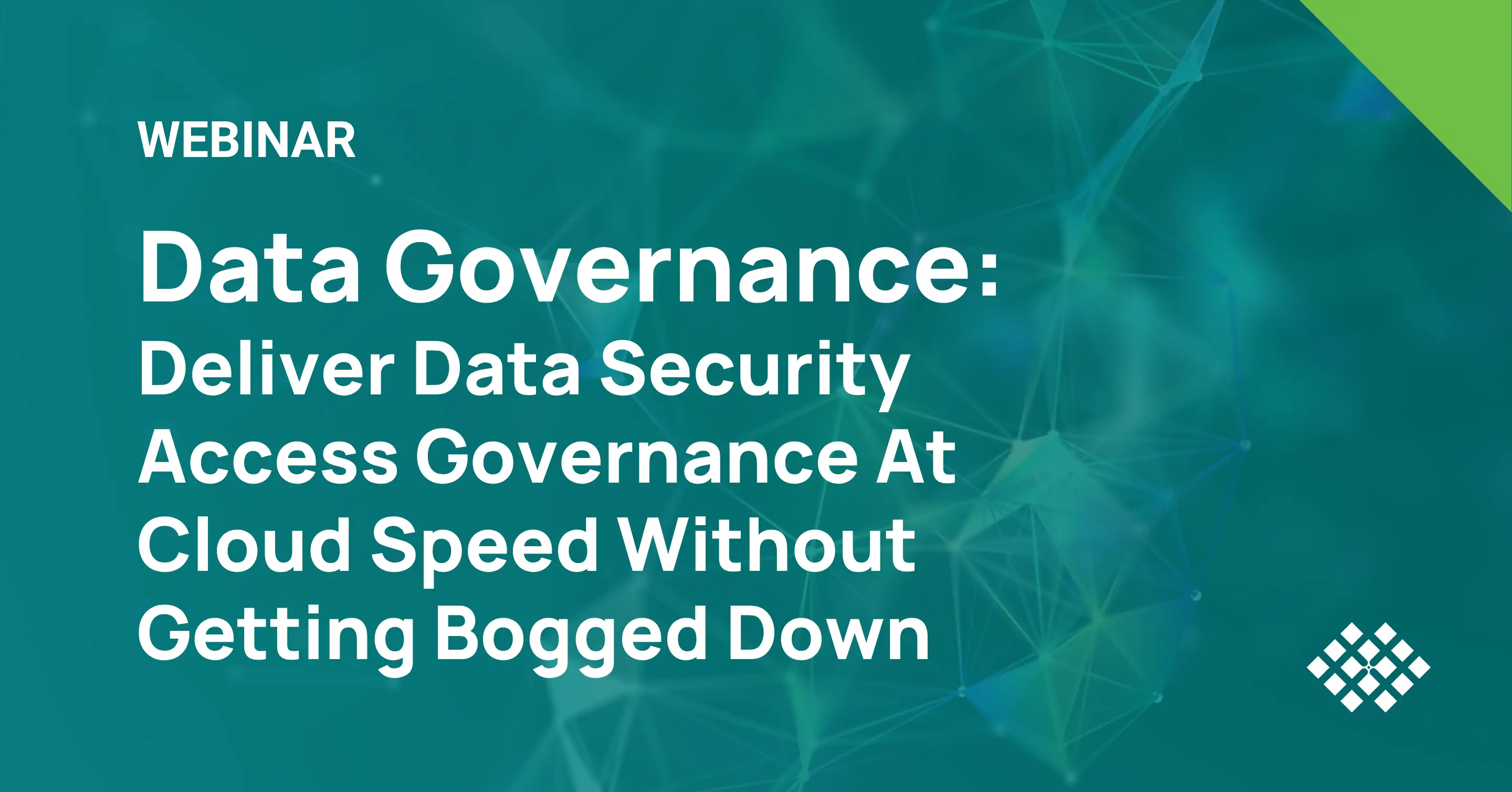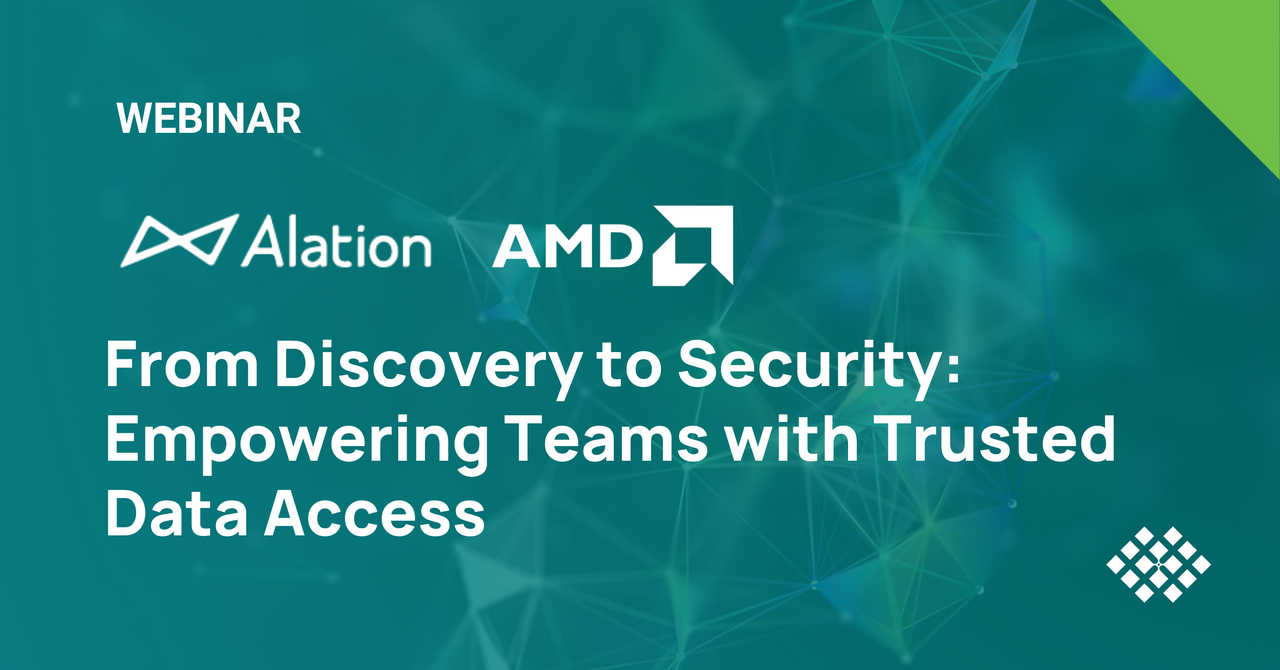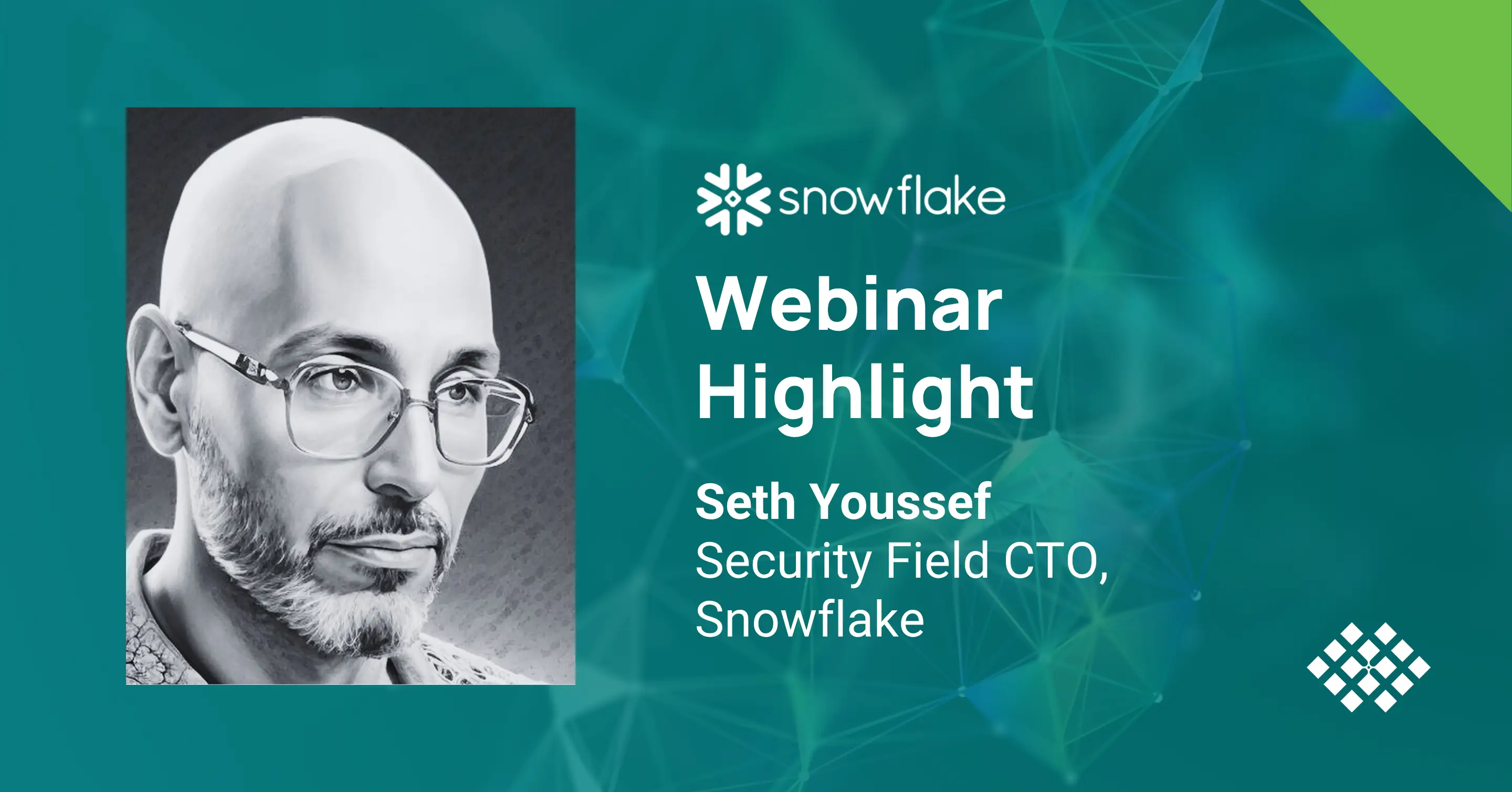Webinar
Deliver Data Access Security Governance At Cloud Speed

We were delighted to host three esteemed data and security experts for a webinar titled, “Deliver Data Access Security Governance at Cloud Speed Without Getting Bogged Down!”
- Moriah Hara, CISO and Security Consultant, Vigilance Security
- Elan Elango, VP Engineering, Zeta Global
- Seth Youssef, Security Field CTO, Snowflake
- Ganesh Kirti, CEO and Founder, TrustLogix
You can access the full webinar recording above.




